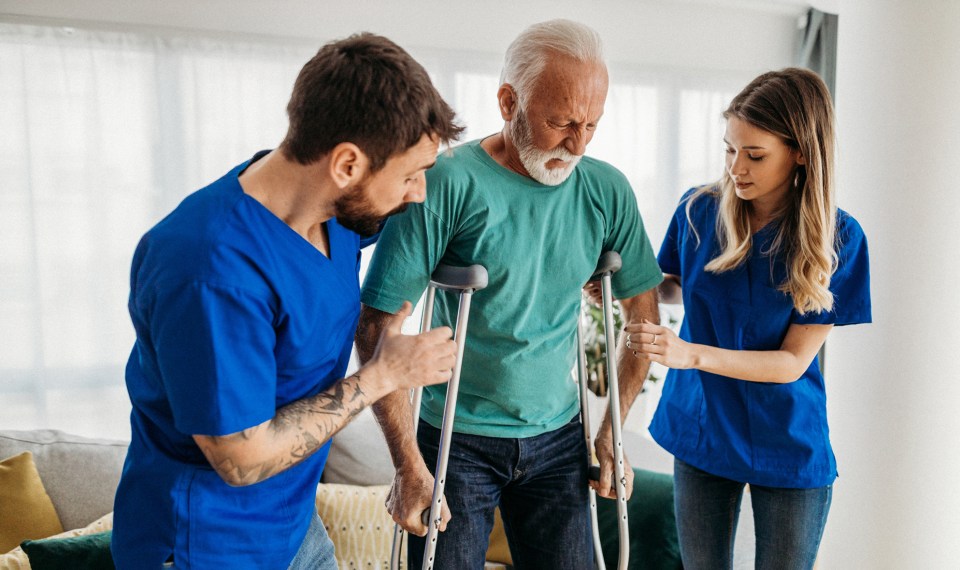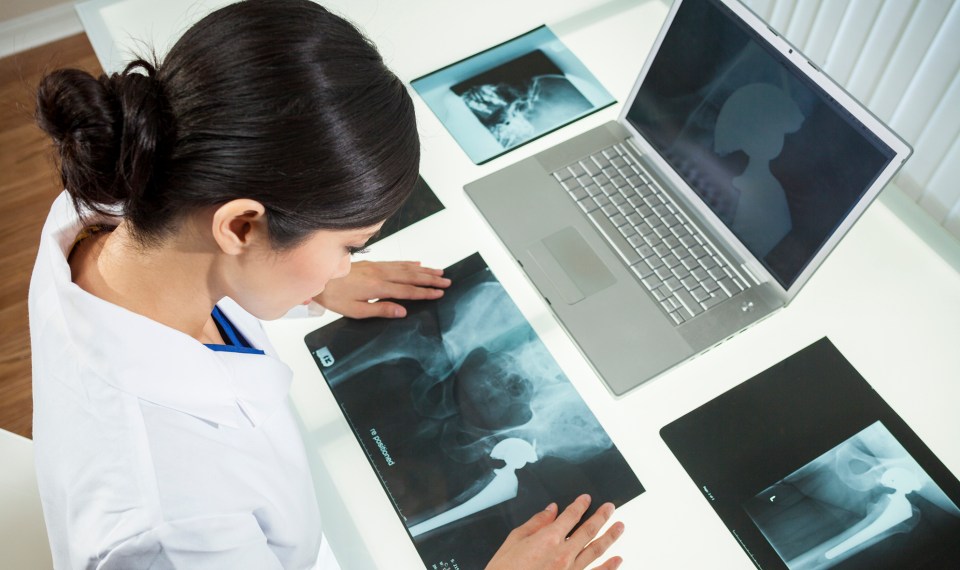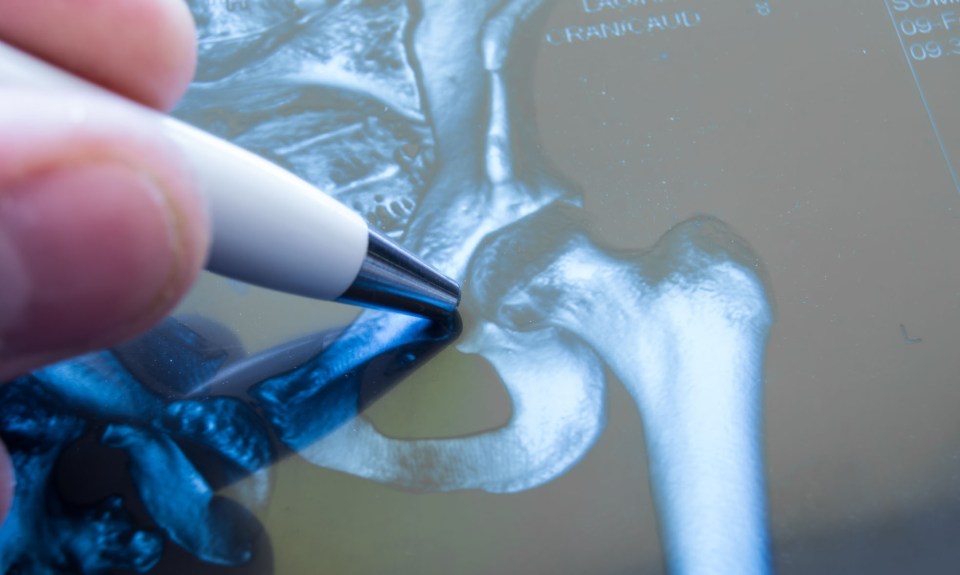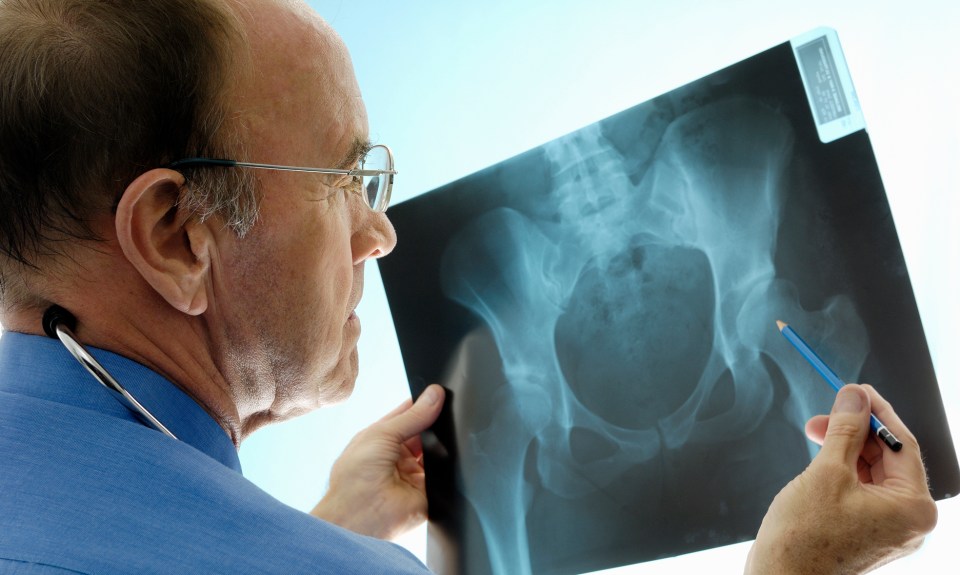Falls are a leading cause of hip fractures and hospitalization in older adults. Proper recovery and treatment of them should include a rehabilitation program that focuses not only on helping the individual regain their strength and mobility but also one that prepares them to reenter their community and prevent another fall.
Successful rehabilitation should provide therapy that simulates real-world scenarios and educates both the patient and their caregiver on fall prevention, which makes occupational therapy a key component to recovery.
“We want to help them transition safely home,” said Chris Daughtry, an occupational therapist and director of therapy operations at Encompass Health Rehabilitation Hospital of Greenville in South Carolina. “At our hospitals we have ADL (activities of daily living) suites to help transition them back to their home. We use those as a training environment. What we’re doing there is not only helping prepare them to return home, but we’re also teaching them and their caregivers how to make them safe, so they can stay home.”
Since those recovering from a hip fracture are at an increased risk of fall, informing patients and family members of remote monitoring and home safety technologies can also help keep the patient safe after they return home.
Simulating Real-Life Scenarios
Encompass Health rehabilitation hospitals are equipped with ADL suites that include a bedroom, bathroom and kitchen.
During a patient’s stay, occupational therapists work with them in the suite to practice everyday tasks, such as cooking, cleaning and bathing. The OT will also take into account the individual’s lifestyle and work to simulate it in the inpatient rehabilitation setting.
“We take into consideration one’s quality of life and what’s important to that specific patient,” said Melissa Emge-Beverly, an occupational therapist at Encompass Health Deaconess Rehabilitation Hospital in Indiana. “We’ll focus on that and see how we can simulate it our setting.”
For example, if a patient has pets, therapy will include adaptive ways to feed and care for them as they recover from their hip fracture.
Daughtry added that they also conduct home evaluations either virtually or in-person to see how the patient’s living situation could be adapted to prevent a future fall. Whether it’s removing clutter or ensuring therapy includes walking on different surfaces or the ability to climb a certain number of stairs, a home evaluation can help better prepare the patient and their family for their return home.
Patient and Caregiver Education and Training
In the inpatient rehabilitation setting, patient and caregiver education and training starts on day one.
Emge-Beverly said the goal is to make sure both the caregiver and patient have a clear plan and understanding of what is needed to allow their loved one to return and stay home safely.
“We have a conversation with the patients and the family about what tasks they can do safely for the first four to six weeks,” she said. “We want to give the caregiver a clear plan on how they can help, even if they can’t be there all the time.”
At Encompass Health Greenville, the hospital hosts weekly hip fracture classes informing patients and caregivers of options available to make their home safer, along with fall prevention education.
“The importance of family training can’t be understated,” said Milena Maragos, an OT at the Greenville rehabilitation hospital. “In our hip fracture education classes, we do verbal and visual education; we have handouts and notebooks with education on adaptive equipment and techniques. Family training is so important when it comes to transitioning patients back home versus them having another fall or injury and having to be re-hospitalized.”
Remote Monitoring and Home Safety Technologies
Daughtry said a relatively new component to transitioning hip fracture patients safely back to their community includes making them aware of devices and technologies that could alert their loved ones in the event of an emergency or help prevent one from happening in the first place.
“It’s our goal to problem solve for them,” he said. “When a patient is admitted, we’re looking for ways for them to safely transition home. If they need supervision, what are alternatives to help them if their loved ones can’t be there all the time?”
That’s where remote monitoring and home safety technologies can assist caregivers in caring for their loved one from a distance.
Motion detectors that turn on lights when someone enters a room or sits up in the bed can go a long way in preventing a fall.
Some wearable devices can even detect a fall and contact emergency assistance or ping a designated caregiver’s phone to alert them of the situation.
“There are so many things out there now,” Maragos said. “There are cameras and sensors that can alert family members if a stove is left on or the front door is left open. There are also motion sesnor plug-ins that can detect motion and are very affordable for families to use.”
Combining these new technologies with simulating real-life scenarios and patient and caregiver education can help improve the chances for a successful reentry to the community for those recovering from hip fracture.
The content of this site is for informational purposes only and should not be taken as professional medical advice. Always seek the advice of your physician or other qualified healthcare provider with any questions you may have regarding any medical conditions or treatments.



